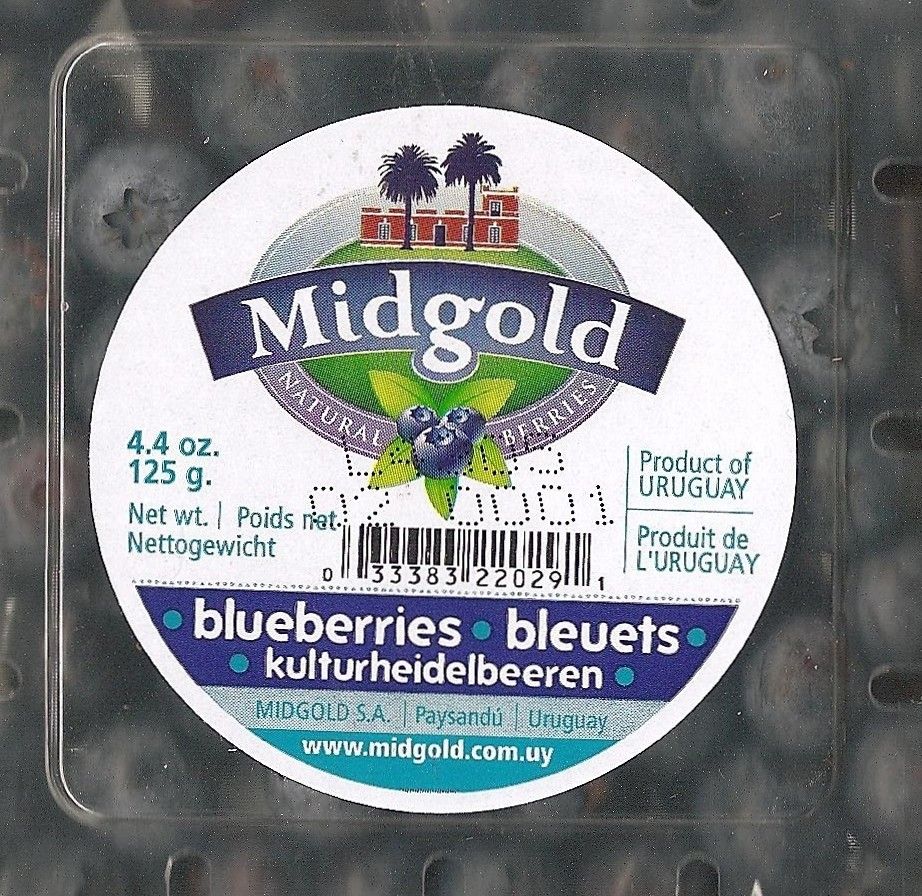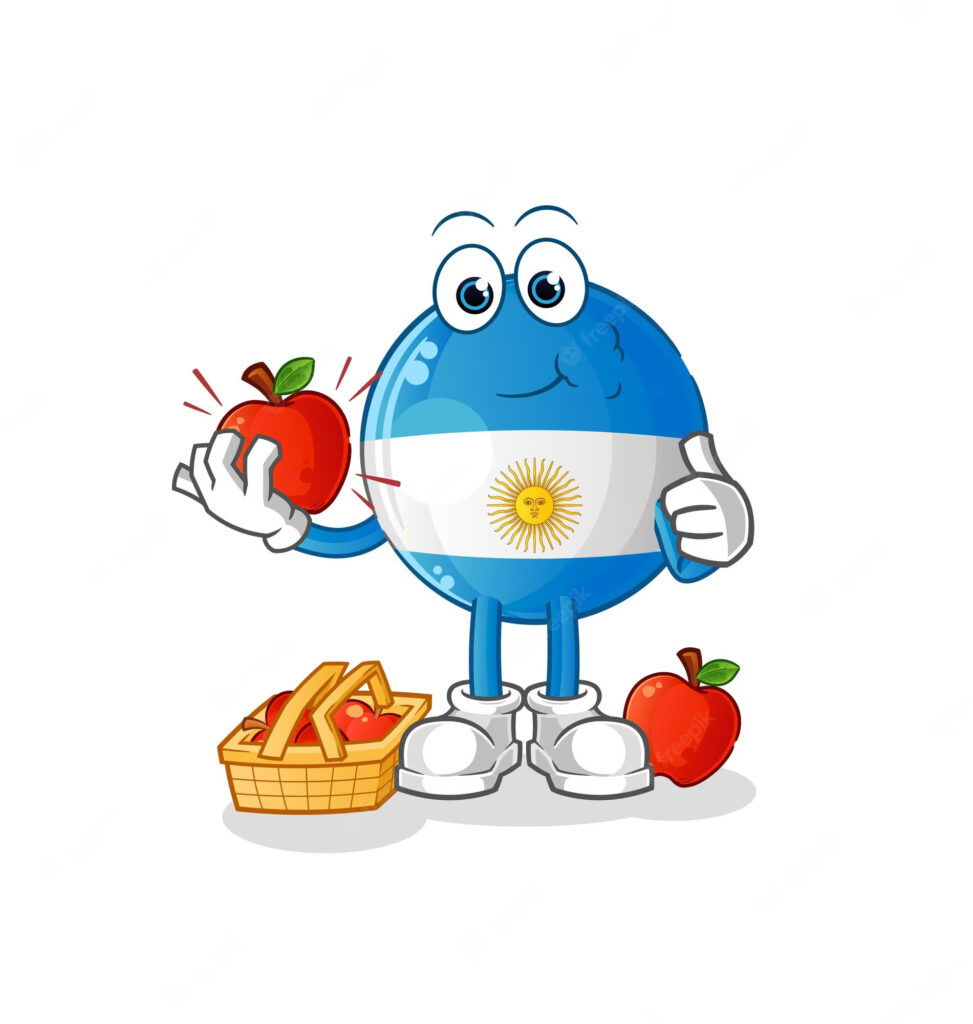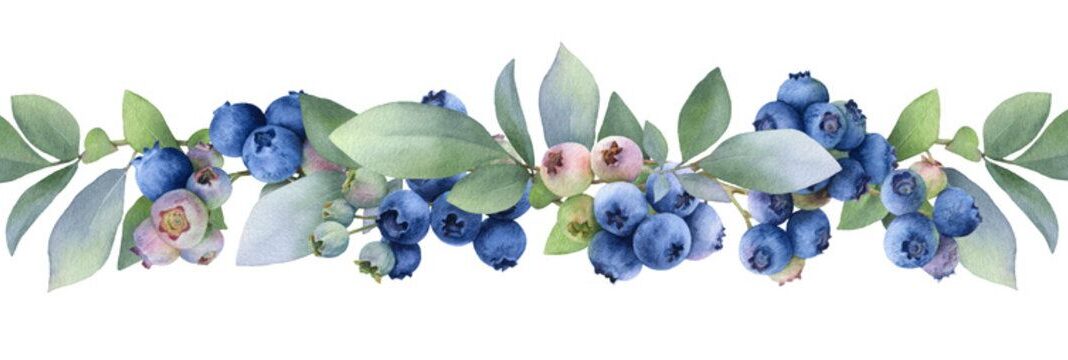It was truly a fortune being raised on Long Island with a backyard of large climbable mulberry trees brimming with fruit and grapevines trained and guided to grow overhead.
The familiar scent of fresh tomato vines surrounded the senses, and zucchini and squash were afoot. The earth under bare feet felt ever so rich, and cool under the summer sun. Summers seemed longer than usual, and our harvests were so bountiful that we shared them with delighted neighbors. As the suburbs became more populated, we lost land along with the time to plant. Now, our produce is mostly cultivated by others.

Where Does Our Produce Come From?
There are favorites, of course. Ataulfo Mangos and Hass Avocados both originate from Mexico and are definite exquisite favorites in the market. Others don’t even come close. Rightfully so, these warm climate fruits and vegetables have been grown exclusively and are treasured imports to the U.S.
Yet, what of our other produce? The U.S. Department of Agriculture reported in their latest trade data in November 2022 that fruits and vegetable imports rose strongly once more. The argument is that fruits like apples are imported from as far as Chile, and apples were hardly out of season in the U.S. Fresh and frozen fruits are mostly imported from Mexico, Peru and Chile. While in vegetables, Mexico ranks first, but Canada ranks second and the European Union (EU-27) trails in third place.
Knowing where your fruit comes from is an important topic – especially for produce. Domestically, California produces the nation’s largest volume and variety of fruits and vegetables. Production mainly consists of broccoli, artichokes, kiwis, plums, celery, garlic, cauliflower, spinach, carrots, lettuce, raspberries and strawberries. One-third of California’s farmland is used to grow vegetables. Other vegetable producing states are Idaho, Washington, Wisconsin, Florida and Minnesota.
Technology and Shipping Containers
In the 1970s, the United States was a net exporter of fruits and vegetables. Today, our nation is a net importer. According to Scientific American, imports of fruits and vegetables increased from 35 to 50% from 1999 to 2014.
Technology plays an important role in the form of specialized shipping containers. Climacteric fruits are fruits that continue to ripen after they are picked. These fruits can have their ripening delayed by being shipped in controlled atmosphere containers. Fruits such as: apples, avocados, nectarines, blueberries and cantaloupes amongst others can be controlled with scrubbing the ethylene from the fruit and placed into controlled atmosphere containers to maintain them in a long distance or time. When the fruit is to ripen, ethylene gas is released into the container to do so.
What about New York, and Specifically Long Island?
New York has its considerable contribution of produce to our tables. The soil in Long Island is acidic and, thus, many fruits and vegetables thrive here. We must know just which months to look for them.
Fruits like apples, apricots (in the Hudson Valley), blueberries (700 acres of farmland in NY, 9th state of the nation), peaches (Mid-July to Mid-September), strawberries (June and July), watermelons (July through October), pears (August through late October) and more.
Vegetables like cabbage (NY is one of the top three states grower September through November), lettuces (June through November), asparagus (May through mid-June), tomatoes, eggplant, corn, peppers and beans (July through September), root crops like carrots, onions, potatoes, turnips, radishes, and beets (June through November).
How is it that We Can Eat Fresh Berries in Winter?
Our fruits and vegetables come from California, and when the seasons end in the U.S., production shifts to Mexico, Central America and South America. An example of that is the fresh blueberries enjoyed in our yogurts that come from as close as our very own Long Island and then in winter, are imported from as far as South America from countries like Argentina and Uruguay.

The Migrant Worker Dilemma
According to Forbes, we have a dilemma. “The U.S. is blessed with some of the best agricultural growing regions in the world, yet Americans in general do not want to endure back-breaking labor of picking fruits and vegetables. We have to bring in migrant farm labor, and that is expensive. The National Council of Agricultural Employers (NCAE), in a letter to the Department of Labor early in 2022, compared agricultural wages of $1.50 per hour in Mexico to between $11.99-%17.51 per hour for farm workers who were working in the U.S. under H-2A visa. The U.S. costs had to be supplemented with an additional $4.00-$8.00 per hour for providing housing, meals or cooking facilities, Visa expenses and other costs.”
Another example is that costs in Canada are lower than the U.S. as well. As Forbes states, “An apple grower in British Columbia paid $12.16 per hour while across the border an apple grower in Washington State paid $17.41 plus the adders for housing and meals, etc. And that’s why apples sold in Washington State might come from British Columbia. This is the same logic for why iPhones are assembled in Asia. Labor costs are lower.”
Eating Fruits and Vegetables in their Season Makes Sense to Our Economy
Aside from buying locally and benefitting our own local economy, here are reasons to buy fresh local grown produce— it will taste better. The ripening process is natural, it does not involve the spraying of man-forced ethylene gas.
It will be cheaper, as the large abundance of produce will keep costs down. The produce will be fresher and therefore higher in nutritional value. Phyto-nutrient is reduced even with added wax to extend shelf life. Fruits and vegetables sourced overseas have been shown to contain high heavy metals from their soil and high concentrations of pesticides.





